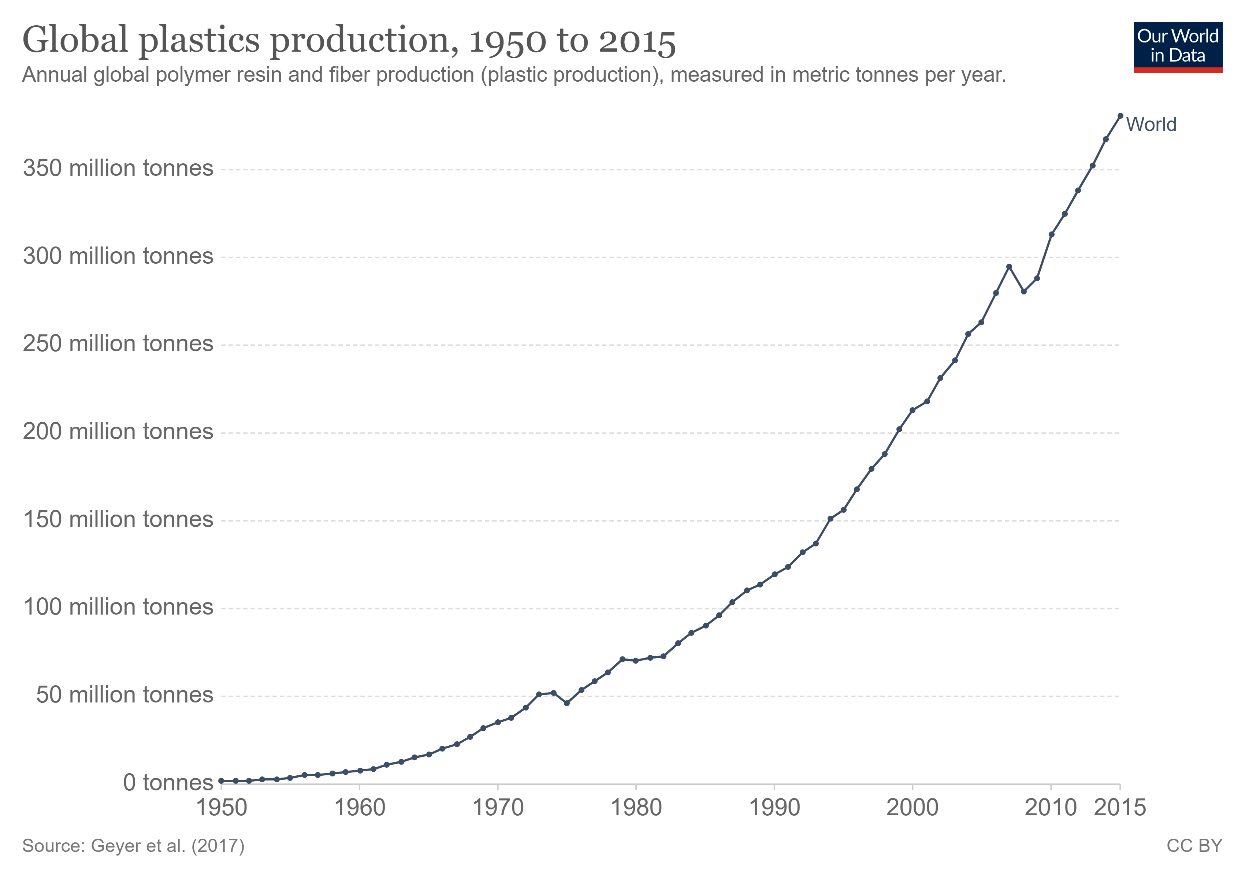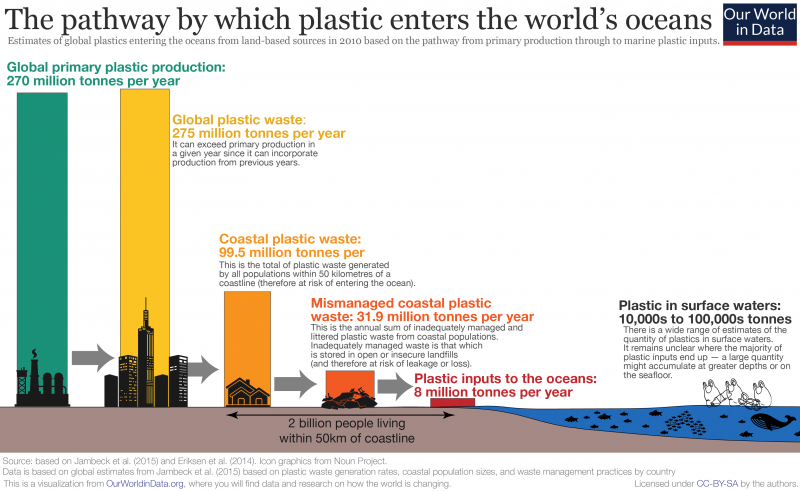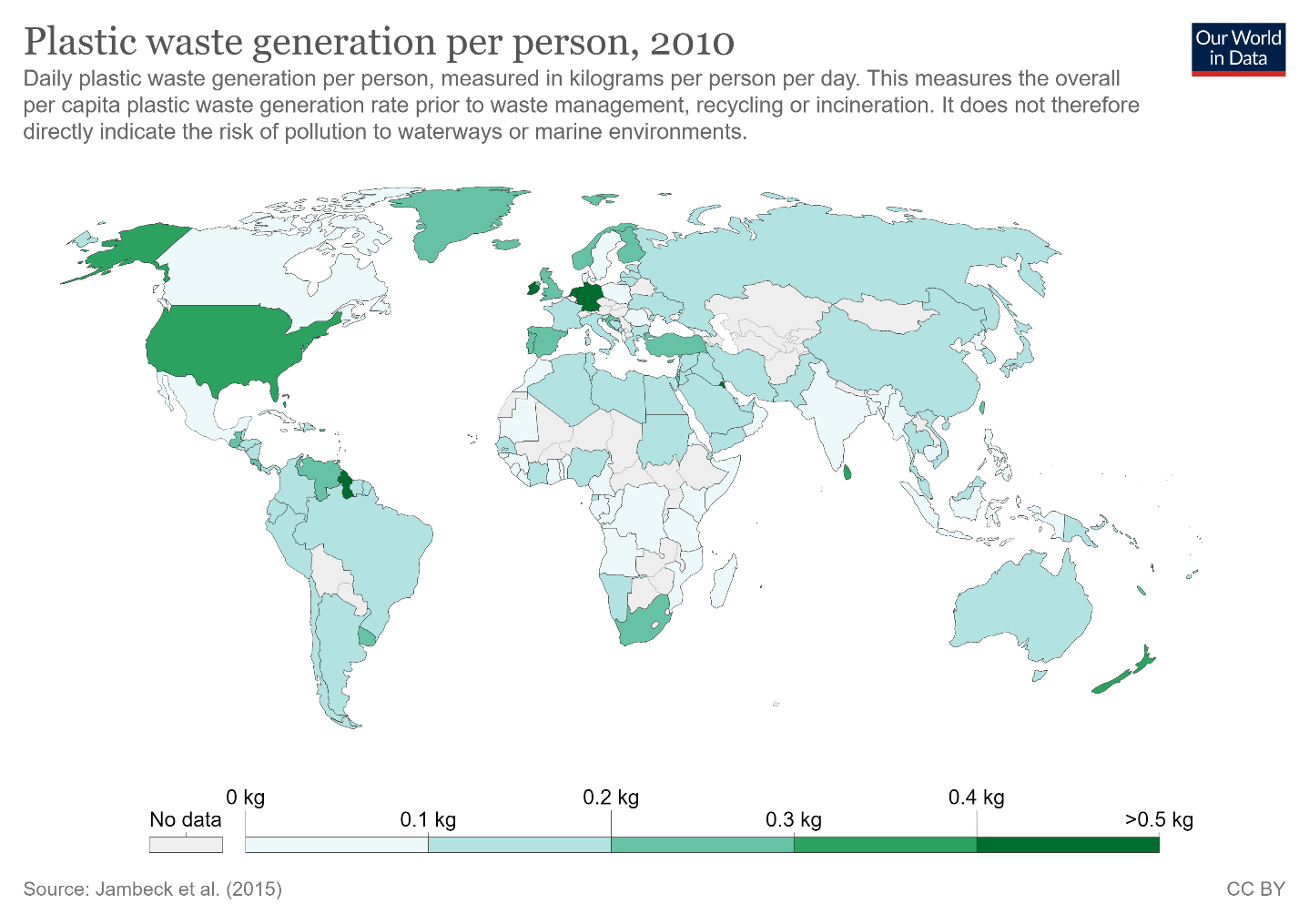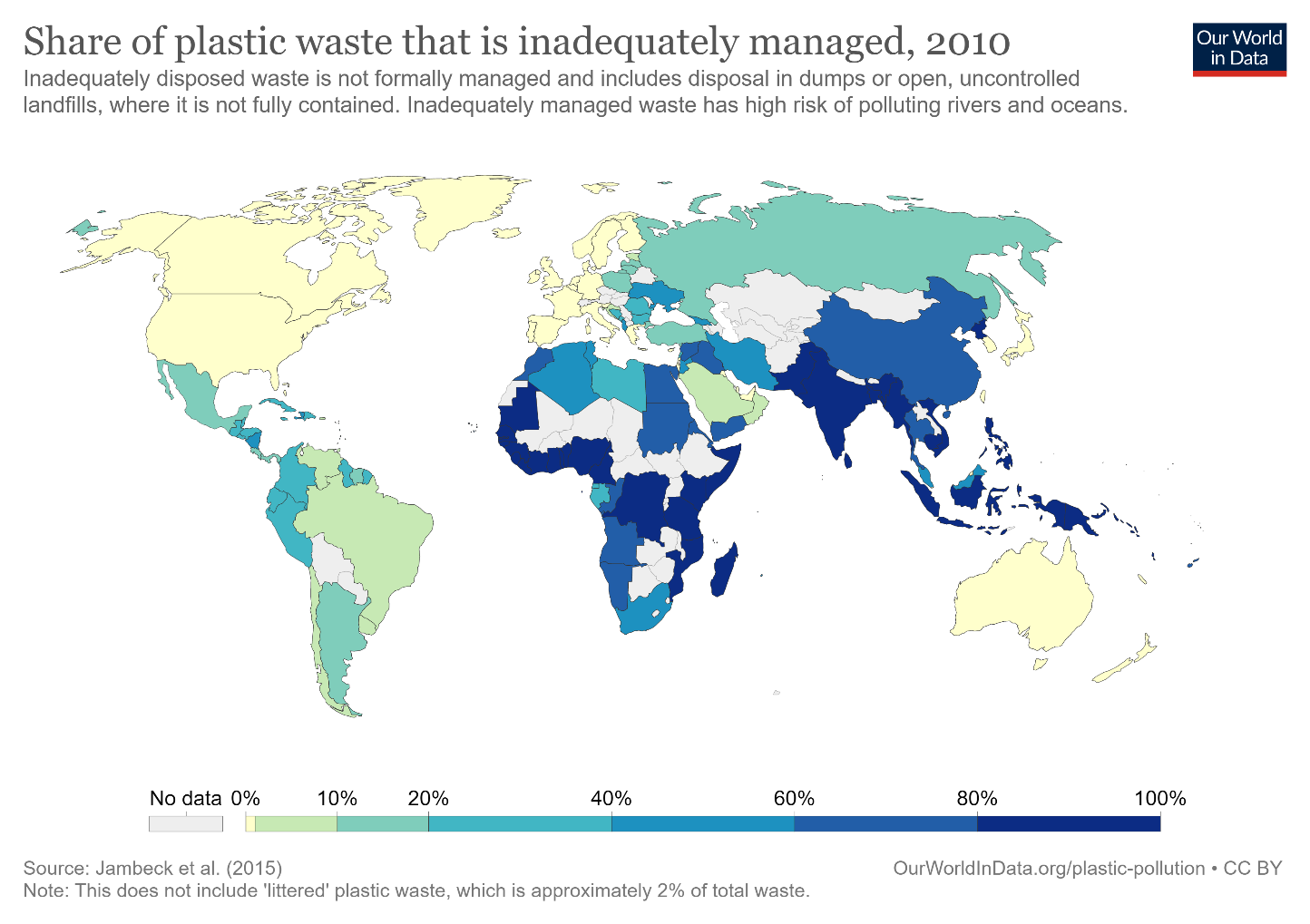Canned fish, marine contamination and plastic mismanagement – How are these linked? Our ocean is being contaminated by industrial chemicals, agricultural pesticides and fertilizers and mismanaged plastic. As these make their way into the fish we eat, little by little they reach our own bodies.
—
Recently, samples of canned fish from numerous origins were tested various levels of metallic contaminants by the Consumer Council of Hong Kong. Sardines were found to contain the highest level of cadmium on average, followed by tuna. Cadmium, if excessively consumed, can lead to chronic poisoning or irreversible kidney malfunction. Other contaminants detected include lead, polychlorinated biphenyls (PCBs), inorganic arsenic and methylmercury.
Contaminants enter the ocean through:
- Direct discharge into rivers
- Agricultural practices, increasing water runoff into rivers
- Rain washing down harmful particles from the atmosphere
Contaminants in the natural food chain can accumulate in the fatty tissues of animals, and these chemicals move up the food chain as predators consume their prey. We are the biggest predator on the planet, meaning the contaminants will inevitably make their way back to us.
The same goes for the 8 million metric tons of plastic that makes its way into the ocean each year.
The role of plastics in marine contamination
A study from 2013 demonstrated that plastic particles in the ocean act as a sponge for chemical pollutants and help carry them into fish when ingested. There, they enter the bloodstream and cause liver toxicity and pathology.
How does plastic end up in the ocean?
To answer this question, we must first ask, how much plastic do we produce each year?

Next, How much enters the ocean and via which route does it do so?

In 2010, we produced 270 million tonnes of plastics, threw out the same amount plus a further 5 million tonnes. With mismanagement of coastal plastic waste, 8 million tonnes end up in the ocean each year.
Waste management is crucial to reducing pollution, but this requires expensive facilities that aren’t the priority in mid- to low-income countries.
Geographic distribution of plastic waste generation

Wealthier and more industrialised countries tend to generate more plastic waste per person. However, notice that lower-income countries undergoing industrialisation, like China and India, are catching up with that plastic generation.
Let’s compare this to the spatial distribution of mismanagement of plastic waste.
Mismanagement of plastic waste
Mismanaged plastic waste is defined as plastic that is not correctly managed, e.g. disposed of in dumps or open, uncontrolled landfills, where it is not fully contained. Mismanaged waste could eventually enter the ocean via inland waterways, wastewater outflows, and transport by wind or tides.

It may look like waste mismanagement is more prominent in lower-income countries, but this is partly due to unethical practices like global waste trading, where the higher-income countries export waste for “further treatment, disposal or recycling”. This improves the waste management ratings of the exporters and ends up contaminating the environment through mismanagement on the importer’s end.
But I still need my omega 3…
Although eating plastic-contaminated canned fish or seafood in any form with current levels contamination detected does not pose immediate health effects, prolonged intake of such chemicals could lead to neurologic and cardiovascular diseases.
So, is eating fish still safe for us?
Well, you can always make more informed and sustainable choices when it comes to buying fish. Indeed, there are fish that are less susceptible to pollution and contamination, and less exposed to overfishing. Generally, the size of a fish is proportional to the mercury accumulated inside its body because they consume a greater amount of smaller fishes. Therefore, small fishes, like anchovies and sardines, are often lower in mercury. On the contrary, larger and longer-living predatory fish, like Chilean sea bass, grouper, swordfish and some types of tuna, end up with the most toxins. Moreover, fish that grow quickly and reproduce more often are generally more resilient to fishing pressure.
What about more long-term solutions?
You might not be able to halt industries or agriculture but there are a lot of simple things you can do to keep plastic or debris from entering the ocean, starting from changing your every-day behaviour. Create less waste, reuse and recycle what you can, watch out for your own rubbish when going to the beach, go help a beach clean-up… Ultimately, be mindful of your own consumption pattern and lifestyle, and raise awareness around you.
If we could reduce our use of plastics and consumption of unsustainable products, together with improvement in waste management and policies, we might be able to slow down marine contamination and pollution for a safer environment for all of us.
This article was written by Emily Victoria Lu and Owen Mulhern.
You might also like: Mosquito Range Increase: China
References
-
Environmental Defense Fund. (2013, March 29). Eco-friendly & healthy best choices. Retrieved July 17, 2020, from http://seafood.edf.org/guide/best/healthy
-
Lebreton, L. (2019, July 09). Where Mismanaged Plastic Waste is Generated and Possible Paths of Change: Updates. Retrieved July 17, 2020, from https://theoceancleanup.com/updates/where-mismanaged-plastic-waste-is-generated-and-possible-paths-of-change/
-
Magramo, K. (2020, July 15). Canned fish found with contaminants, consumers warned of overconsumption. Retrieved July 17, 2020, from https://www.scmp.com/news/hong-kong/health-environment/article/3093308/canned-fish-hong-kong-found-various-levels
-
Ritchie, H., & Roser, M. (2018, September 01). Plastic Pollution. Retrieved July 17, 2020, from https://ourworldindata.org/plastic-pollution
-
Rochman, C., Hoh, E., Kurobe, T. et al. Ingested plastic transfers hazardous chemicals to fish and induces hepatic stress. Sci Rep 3, 3263 (2013). https://doi.org/10.1038/srep03263










![The Statistics of Biodiversity Loss [2020 WWF Report]](https://u4d2z7k9.rocketcdn.me/wp-content/uploads/2020/12/lprwinkyTHB-544x306.jpg)





